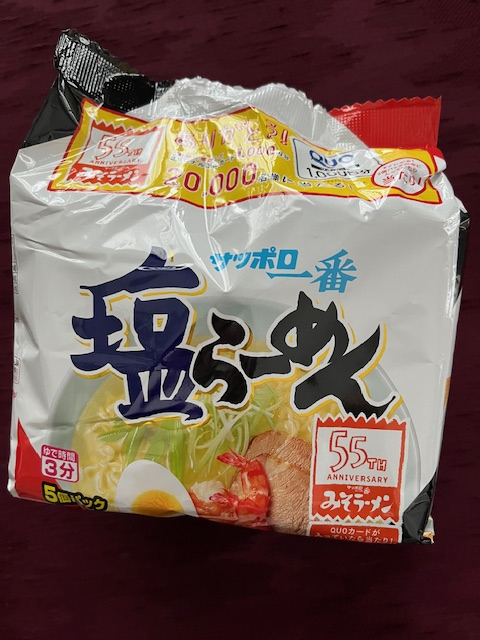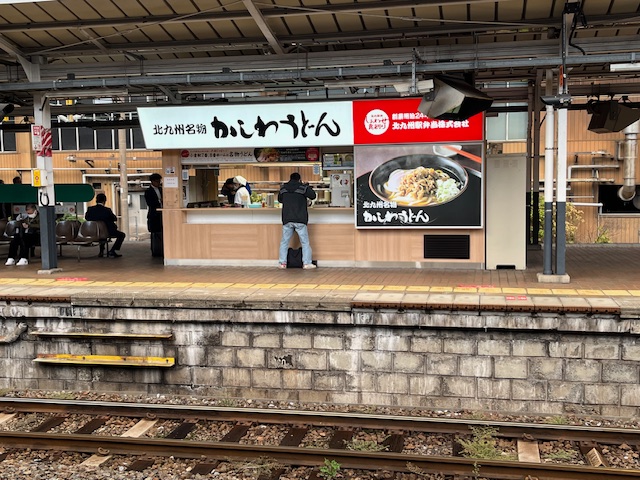When many people think of traditional Japanese food, there are several things that come to mind, and one in particular is a piping hot bowl of Japanese noodles.
While many people automatically assume that noodles are indigenous to Japan, they were actually initially brought to Japan via China during the Heian Period (794-1185). Toward the end of the Heian Period, noodles began to gain in popularity as they were a favorite of the samurai class.
Later, around 1600, noodles really took off and they began to become popular outside of Japan as well.
The aspect I appreciate about Japanese noodles is the regional variations that can be found all over Japan. Along with varying ingredients that change the flavor depending on the region, the styles of preparation and the way of serving noodles also differ depending upon the area.
A hot bowl of noodles is a comfort food in the winter, and a cold bowl of noodles can be quite refreshing on a hot summer day. Rather than being merely a Japanese “dish,” I think noodles deserve to be its own food category. That is how prominent and ubiquitous noodles have become in Japanese culinary culture.

Nearly every country in the world is familiar with “ramen” noodles that were made popular through the introduction of “Cup Noodle” in 1971 (a staple of most university students cramming for finals, as an easy to prepare and filling snack when pulling an all-nighter). Convenience and the need to save time in the modern world are likely the two primary reasons why instant ramen noodles spread so quickly and became so popular around the world.
Ramen noodles are synonymous with Japan today, but originally the concept hailed from China. Ramen noodles can be prepared using chicken, pork, or beef.
Fukuoka City, the area known as Hakata, is world-renowned for “tonkotsu” ramen which is made from pork bone, specifically the collagen and cartilage. When being prepared it emits a very pungent odor, one that I do not particularly enjoy. But anytime Japanese friends come to visit me in Fukuoka, the most requested activity to do is to eat tonkotsu ramen as this area of Japan is so universally famous for this style of ramen.
I have been told that tonkatsu ramen is less tied to the “flavor” and is more related to the style of how it is prepared. I took this to mean that it can be flavored in a variety of ways, using miso or shio, for example, but the base always contains pork bone to get that distinctive aroma and umami flavor that is very rich and high in calories.
Since I am not a fan of tonkotsu ramen, my personal favorite is regular “miso ramen” which is most often associated with Hokkaido. Ramen noodles are made from egg and wheat flower and tend to be long and yellowish in color, and most have a wavy texture and are generally quite thin in circumference.

Ramen shops are plentiful all over Japan, and ramen is served in big bowls that make it a whole meal unto itself. If people decide to prepare it at home, I suspect most people do not go to the trouble to make their own noodles from scratch, but will buy noodles already made and then prepare the soup stock and ingredients to cook at home … or they can buy an instant ramen package that only needs to have hot water added to it, similar to “Cup Noodle” but a bit higher in quality and tastier, in my opinion. (See photo above)
The second most commonly known noodle outside of Japan would likely be “udon.” These thickly-cut noodles are designed to soak up as much flavor as possible from the broth they are cooked in. Primarily made from wheat flour, udon noodles can be eaten hot or cold … when served cold, they are often dipped in a savory sauce.
The broth base is made from dashi (which has a long tradition for flavoring food in Japan, using seaweed and dried bonito flakes). Since I am not a fish or seafood eater, udon is sometimes too fishy for my palate.
If the dashi is made from a mushroom base, then I like it. Dashi is said to be central to Japanese cooking and cuisine because it enhances the flavors of the other ingredients and serves to harmonize everything into one prominent flavor.
The texture of udon noodles is not only thicker but also chewier. They are most often garnished with chopped green onions. Udon is often paired or topped with other items, like fried tofu or tempura.

Again, a bowl of udon noodles is a meal unto itself and it is common to see noodle stands in train stations, even on the train platform, that allow commuters and business men and women to stop by for a quick bite to eat before they catch a train (see photo above). These are normally a standing counter configuration where the customers find an open spot and stand to eat their noodles.
The third most well-known type of noodle outside of Japan would be “soba.” Made primarily from buckwheat flower, soba is a popular noodle to eat on New Year’s Eve in Japan called “toshikoshi soba” and this means “year crossing noodle.” These are served warm and it is believed to be lucky to eat a bowl on New Year’s Eve to reflect on the past year as you anticipate the New Year.
Since soba noodles are so long in length, it is said to symbolize the wish for a long life. I guess it is similar to the Eastern European tradition of eating cabbage on New Year’s Day for good financial luck. In fact, my mother always made sure to include a penny in the pot when she cooked or boiled the cabbage on New Year’s Day.
One of my favorite Japanese dishes is “yakisoba” and this dish is often stir-fried in a skillet or on a grill. It is a favorite dish to make on camping trips because it is easy to prepare and a large amount can be made rather quickly.
Yakisoba is prepared with ingredients like onions, cabbage, and ginger. It is flavored with a uniquely tasting sauce, similar to Worcestershire sauce. In addition to camping trips, yakisoba is a staple at Japanese festivals, revered as a favorite “matsuri” (festival) food.
I highly recommend anyone travelling to Japan to seek out a noodle shop or stand to eat Japanese noodles because Japanese noodles eaten at a standing counter offers visitors a truly authentic Japanese experience, one that is filling, delicious, and satisfying as one stands between salarymen who are grabbing a bite to eat on their way to work, at lunch, or on their way home.
Don’t be surprised if you hear a lot of loud slurping as that is the traditional and proper way to eat a bowl of noodles in Japan.
Get the most recent Shelby County Post headlines delivered to your email. Go to shelbycountypost.com and click on the free daily email signup link at the top of the page.







